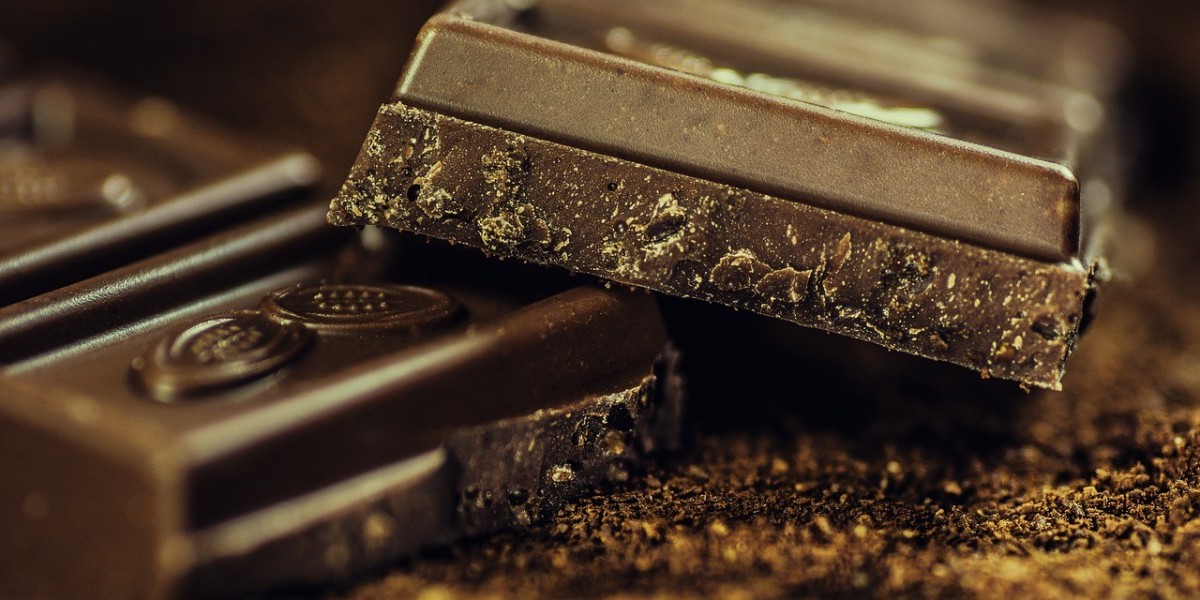One of the important factors in any molding chocolate preparation process is those that involve making artistic and beautiful designs for chocolates using specific chocolate molds which should mesmerize and fascinate eyes as well as taste buds. Chocolate molds can be a very effective thing to incorporate into your chocolates making methods. whether you are an experienced chocolatier or just a starter playing around in your kitchen. We have some of the interesting facts, myths and history along with useful tips related to chocolate mold.
What Are Chocolate Molds?
These molds are specially designed trays or shapes that allow melted chocolate to take a certain shape when hardened. To make chocolate, use plastic, silicone or metal for easy release of molded chocolate after setting down without the risk of breaking.
Chocolate Moulds and The History Behind Them
Chocolate molds are thought to trace back to the 18th century with an increase of people making chocolate across Europe. Back then, molds were made from metal that were predominantly used by chocolatiers to create decorative designs for the wealthy clientele. With the invention of these types of molds during this period, chocolate became vastly available and with the industrial revolution it improved in these kinds of processes making chocolate a regular treat among people.
The 20th century saw a boost in the use of plastic and silicone molds, which then and still now are cheaper to manufacture and easier to work with. These molds that are used today are available in many themes, and shapes from hearts and flowers to characters and seasonal imagery.
Types of Chocolate Molds
Silicone Molds: These are flexible, nonstick and easy to use for beginners.
Plastic Molds: Stiff, these molds are great for sharp design detail but very easy to crack so handle with care.
Metal Molds: Generally quite durable, metal molds are often used for traditional or professional designs.
While each has its advantages and disadvantages, they all enable chocoholics to make personalized products with very little effort.
Misconception About Chocolate Molds
- Myth: Only pro people can use chocolate molds.
- Fact: Any person with a little bit of practice can use chocolate molds. They are beginner-friendly and don't require fancy tools.
- Myth: These molds are dishwasher safe.
- Fact: Not all molds can bear the dishwasher heat. Silicone molds are usually dishwasher safe. while plastic and metal molds should be hand-washed gently to avoid damage.
- Myth: You require expensive molds to make good chocolates.
- Fact: Even cheap molds can make really beautiful chocolates. This depends on the proper tempering and handling of chocolate
Interesting Chocolate Molding Facts
Chocolate molding is an ancient art: The Aztecs and Mayans were the first to shape chocolate into simple forms for rituals long ago.
Holiday-shaped molds are the biggest sellers: Christmas, Easter, and Valentine's Day molds sell much more than any other type of mold.
Trending: Custom molds. Many companies now offer molds that you can use to create chocolates in unique shapes such as logotypes, names, or special characters.
How to Work with Chocolate Molds
Molds should be perfectly clean, grease-, and dust-free before use.
Temper the chocolate. Tempered chocolate will give your completed pieces a shiny look and a satisfying snap.
Do not overfill; pour enough chocolate to fill the mold, tap the mold gently to remove air.
Place the molds in the fridge for about 20–30 minutes in the case of larger molds.
Carefully press or flex the chocolate once it is set, and the chocolate will pop out of the mold.
Why Use Chocolate Molds?
With chocolate molds, one can easily craft chocolates which will look professional. Whether for parties, gifts, or personal enjoyment, they offer chances to explore creativity and fun. From simple easy designs to complex shapes, molds help melt the chocolate to make it look like edible art.
Role of Chocolate Molds in Festivals
Molds in the form of snowflakes, Santa, and bells can add festive touches to desserts during special occasions such as Christmas. Bunny and egg molds are popular for Easter while heart-shaped molds are fundamental to Valentine's Day. They make celebrations much sweeter and enjoyable for everyone.
Common Mistakes When Using Chocolate Molds
Tempering skipped: Chocolates turn out dull or chalky if not tempered correctly.
Not tapping the mold: Trapped air bubbles form holes or uneven surfaces on your chocolates.
Overheating: This causes burnt tastes and poor texture in chocolates.
The Wrong Type of Mold Find a mold that suits your design and level of expertise for best results.
Bonus: This article can be an interesting read to know about how to make and use chocolate molds.
Caring for Chocolate Molds
Taking care of your molds ensures they last longer and perform well. After each usage :
Gently wash them with warm water and mild soap.
Don't use abrasive sponges or brushes that may bring about scratching.
It's best to store them flat, or in a cool, dry place, to avoid warping.
Conclusion
The chocolate molds are a happy way to play with homemade goodies, bearing a rich history, bringing creativity into kitchens around the world. Whether you are molding chocolates to have fun or making special gifts for loved ones, these tools make the process enjoyable and rewarding; simply with a little bit of practice and care, even the simplest chocolate can be transformed into some impressive works of art!










